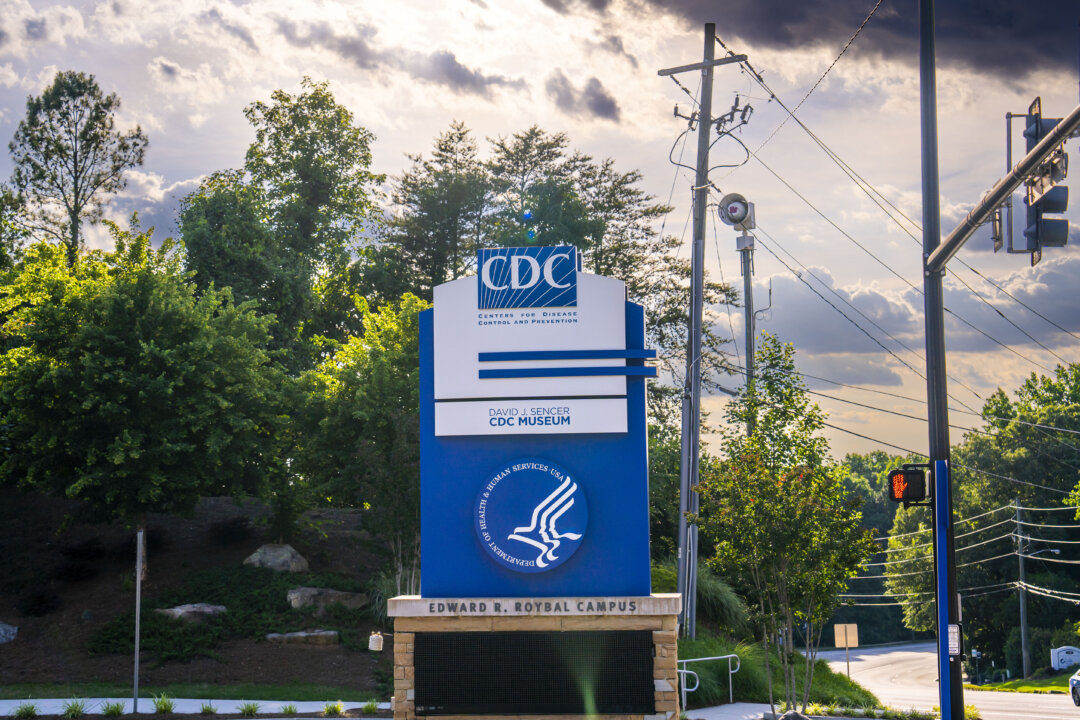


Advisers to the U.S. Centers for Disease Control and Prevention (CDC) on June 27 unanimously proposed the agency recommend forthcoming COVID-19 vaccines to virtually all Americans.
The Advisory Committee on Immunization Practices voted 11–0 to advise the CDC to issue a universal recommendation to Americans that every person aged 6 months and older should receive updated COVID-19 shots, which are expected to become available in September.
Advisers considered a risk-based recommendation that would only say certain groups should receive one of the vaccines.
Dr. Jamie Loehr, one of the members, said before the vote that the cost-effectiveness of vaccinating young people, who are generally at little risk from COVID-19, had him leaning towards a risk-based approach. He changed his mind, though, after listening to a presentation from a CDC researcher.
Dr. Denise Jamieson, another member, said that members should not “get too caught up in cost-effectiveness currently.” She said, “If we compare it to other vaccine-preventable diseases it seems like a really good investment.”
Each dose of a new shot could cost up to $130, according to estimates presented during the meeting.
U.S. Food and Drug Administration officials, acting on advice from their advisers, recently directed vaccine manufacturers to produce COVID-19 vaccines with updated formulations as data indicate the currently available vaccines provide short-lived protection against COVID-19 infection and hospitalization.
Vaccines from Pfizer and Moderna will target the KP.2 variant, while a shot from Novavax will target the JN.1 variant.
Pooled effectiveness estimates from studies of the currently available vaccines, which target the XBB strain, and the last slate of shots, which were bivalent, found that effectiveness against hospitalization due to COVID-19 was below 50 percent, the original threshold laid out by regulators.
Researchers with the CDC and other institutions have also found the protection wanes over time, one reason U.S. officials have turned the COVID-19 vaccine model into a once-a-year update similar to the influenza vaccination program.
Many Americans took the original COVID-19 vaccines but most have opted against receiving the newer shots. As of May 11, just 14.4 percent of children and 22.5 percent of adults have received one of the currently available COVID-19 vaccines, according to CDC surveys, which also found that many doctors have stopped recommending the shots because they’re focused on promoting other vaccines and worry recommending COVID-19 vaccination could increase hesitancy among patients to receiving the other vaccines.
Experts said in Thursday’s meeting that the message needs to be: People need another shot.
“We have to keep saying that over and over and over again—you need this year’s vaccine to be protected against this year’s strain of the virus,” Carol Hayes, who represents the American College of Nurse-Midwives as a liaison to the CDC panel, said during the session.
The CDC estimated that up to 116,000 hospitalizations from COVID-19 will be prevented over the next year with universal vaccine recommendations, assuming an initial 75 percent effectiveness against hospitalization.
No efficacy data is available from the manufacturers for the updated shots.
The effectiveness was projected in certain scenarios to drop to 50 percent after three months, the CDC said.
The KP.2 strain is the dominant strain in the United States as of May 25, according to CDC data. The closely related KP.3 strain, and the JN.1 variant, are also causing a number of cases.
Modeling through June 22 projects the rise of a new strain called LB.1.
A spokesperson for the CDC told The Epoch Times recently that LB.1 “has the potential to infect some people more easily based on a single deletion in a spike protein“ but ”there is currently no evidence that LB.1 causes more severe disease.”
Jack Phillips contributed to this report.


